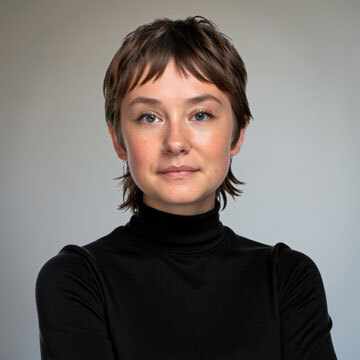





637 Views
22
View In My Room
Abstract Wood Sculpture - The Root of Time No.1 - Western Red Cedar - Freestanding, Modern, Contemporary, Original, Dynamic, Natural, Smooth Sculpture
Mike Sasaki
Canada
Sculpture, Wood
Size: 9 W x 6 H x 5.5 D in
Ships in a Box
637 Views
22
Artist Recognition

Artist featured in a collection
ABOUT THE ARTWORK
DETAILS AND DIMENSIONS
SHIPPING AND RETURNS
Is there a root of time? Einstein put time and space together into two axes of the same dimension. Krishnamurti distinguishes clearly between the time on the clock (which is bound to space) and psychological time which deals with the ideas of past and future. I title this piece "The Root of Time" as...
Year Created:
2018
Subject:
Method:
Sculpture, Wood
Rarity:
One-of-a-kind Artwork
Size:
9 W x 6 H x 5.5 D in
Ready to Hang:
Not Applicable
Frame:
Not Framed
Authenticity:
Certificate is Included
Packaging:
Ships in a Box
Delivery Cost:
Shipping is included in price.
Delivery Time:
Typically 5-7 business days for domestic shipments, 10-14 business days for international shipments.
Returns:
Free returns within 14 days of delivery. Visit our help section for more information.
Handling:
Ships in a box. Artists are responsible for packaging and adhering to Saatchi Art’s packaging guidelines.
Ships From:
Canada.
Need more information?
Need more information?
Mike Sasaki
Canada
"The sculptural work encompasses my passions for form, drawing and metaphysical study." Long hours of drawing as a child lead to making art a focus of my formal education. After graduating from the Design program (where I regularly incorporated hand-drawn material into my projects), I lived in Tokyo where the immersion in traditional Japanese culture began to deeply inspire my artwork. Studying martial arts strengthened my interest in metaphysics and spiritual awakening, which have become a primary theme in my current work. In my search for a hands-on approach to life and work, sculpting in wood came like an epiphany. The artwork is a consummation of my passions for drawing, form and metaphysical pursuits. I am currently living and working in Metro Vancouver.
Artist Recognition

Artist featured by Saatchi Art in a collection
Why Saatchi Art?
Thousands of
5-Star Reviews
We deliver world-class customer service to all of our art buyers.
Global Selection of Original Art
Explore an unparalleled artwork selection from around the world.
Satisfaction Guaranteed
Our 14-day satisfaction guarantee allows you to buy with confidence.
Support Emerging Artists
We pay our artists more on every sale than other galleries.
